The greens are harvested from the neighbouring hi-tech “smart farm” housed within the Hyundai Motor Group Innovation Center (HMGICS) of which Na Oh is a part.
Crisp ice lettuce, kale, Swiss chard and six other varieties of greens are grown there from seed to leaf using robots that monitor each crop’s growth with laser precision.
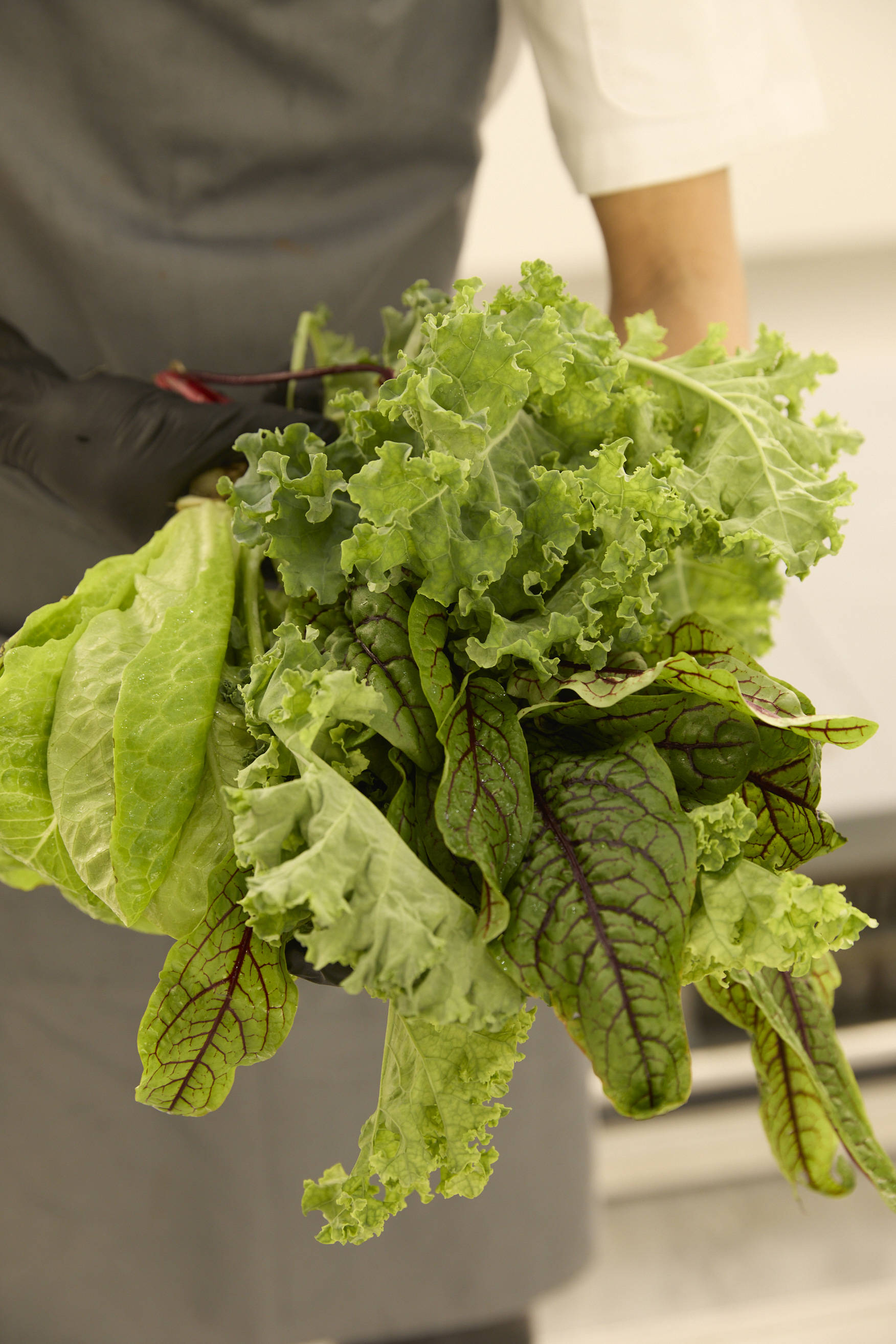
“It’s going to be a kind of a learning curve for all of us, because while we know leaves and lettuces grow really well in a smart farm and actually may be even better than outside in the soil, vegetables and fruits are less tested. So we’ll start slowly. And that is something that we’re going to learn.”
This blend of modern technology and age-old culinary wisdom is an intriguing mix for both diner and chef.
Lee says the project is important to him, not only because the HMGICS smart farm project aims to support the Singapore government’s “30 By 30” goal to grow 30 per cent of the city’s food locally by 2030, but because it gives him an opportunity to present Korean food and the craft that goes into its preparation in a different way.
I really want to celebrate the traditional flavours and dishes of our cuisine
“I don’t think this is pared back, to be honest. It’s technically just as challenging as anything else we do,” he says.
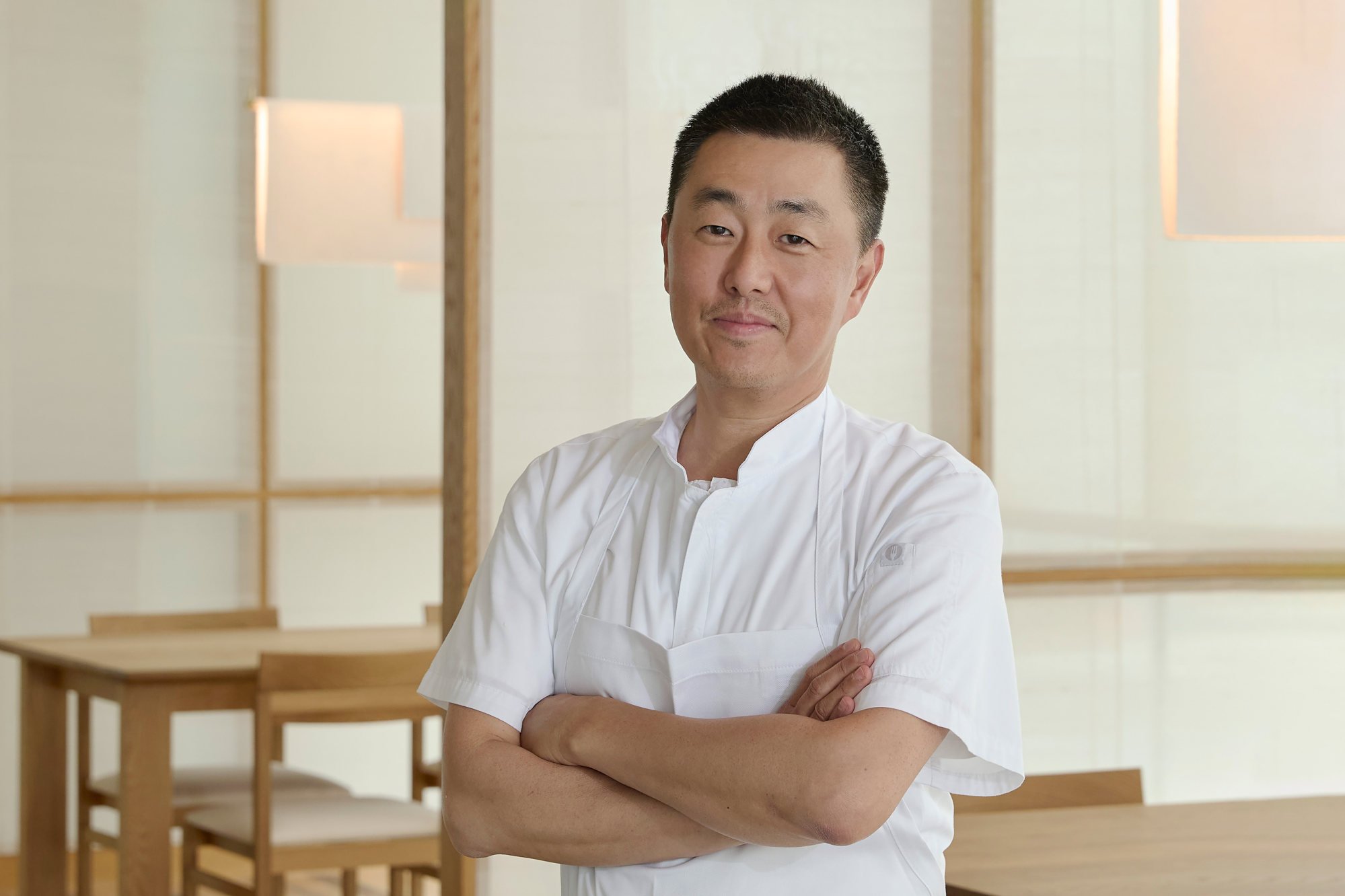
“The actual dishes themselves probably seem more homey and comforting, kind of recognisable, and I think that is the kind of food that doesn’t get the professional chef’s treatment, which I think is unfortunate.”
After several appetisers, including raw white fish and sea cucumber served in an iced kimchi broth, the main course is based on jinjitsang, the classic Korean meal served on a wooden tray.
Here, the presentation consists of a number of colourful banchan (side dishes) made with greens harvested from the smart farm – think kale or perilla leaf namul – and might include plump gyeran mari (egg rolls) carefully constructed so that a layer of translucent courgette flowers is veiled around the omelette.
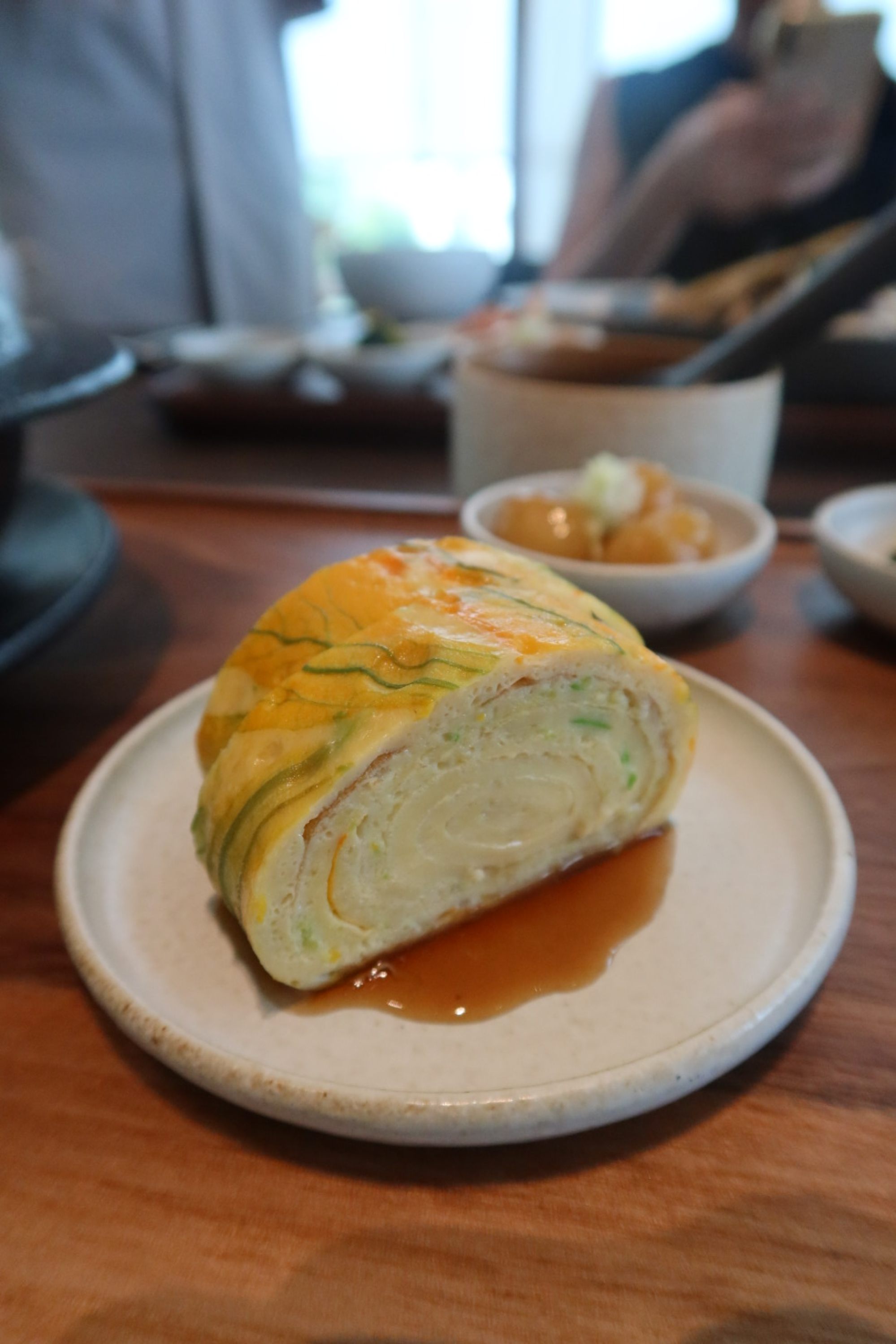
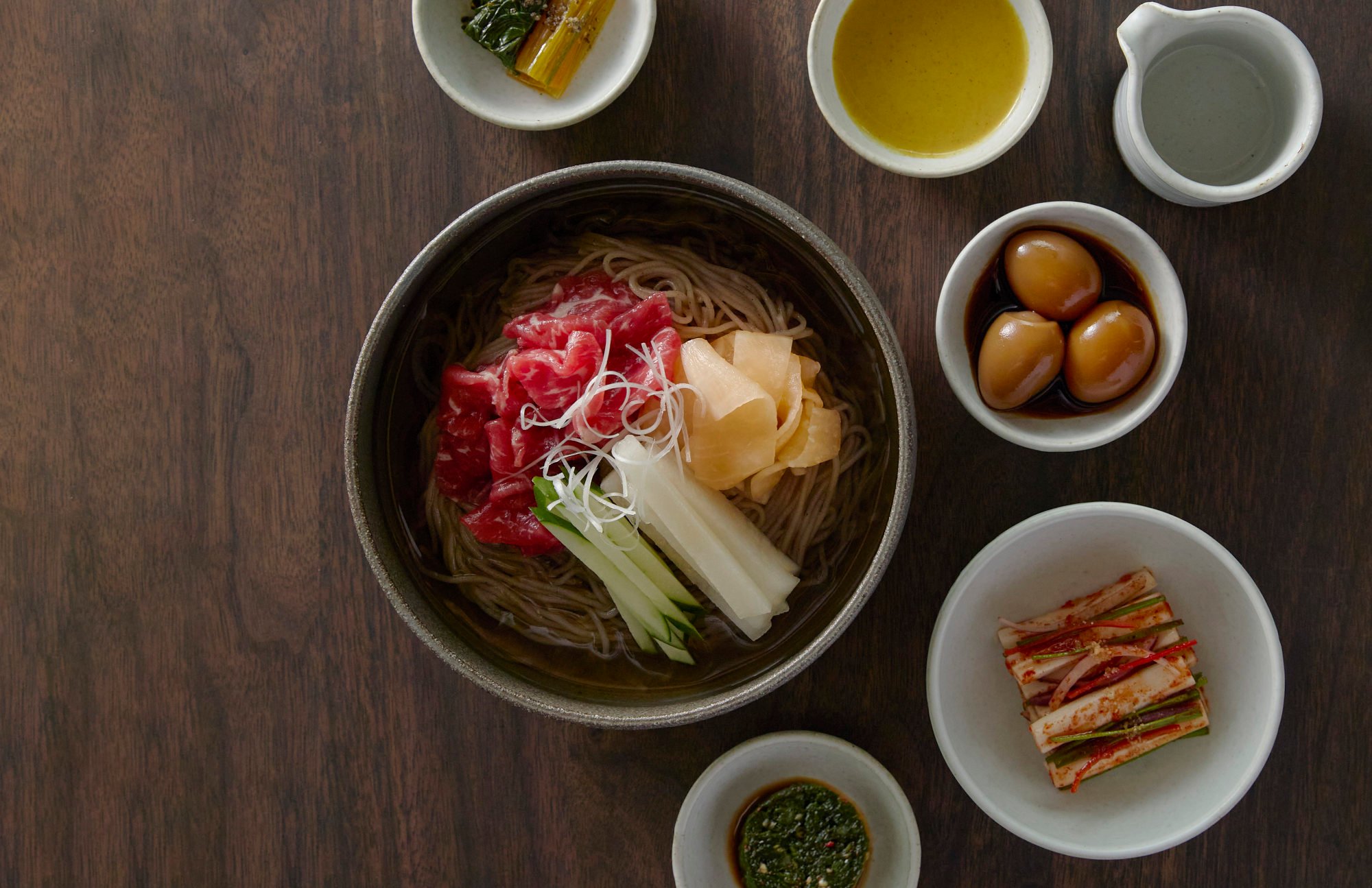
There’s a choice of samgyetang (ginseng chicken stuffed with glutinous rice in a soothing broth), Pyongyang-style cold noodles with shaved raw beef loin, or butterfish on Golden Queen rice served in a hot gamasot (claypot).
The dishes are inspired by the kind of Korean cuisine Lee grew up with. “Especially in this new age of restaurants and chefs, that is the kind of food that is perhaps overlooked,” he says.
“I really want to celebrate the traditional flavours and dishes of our cuisine, but still treat them the same way, with the same level of seriousness and exacting details that you would [expect] in the fine-dining setting.”
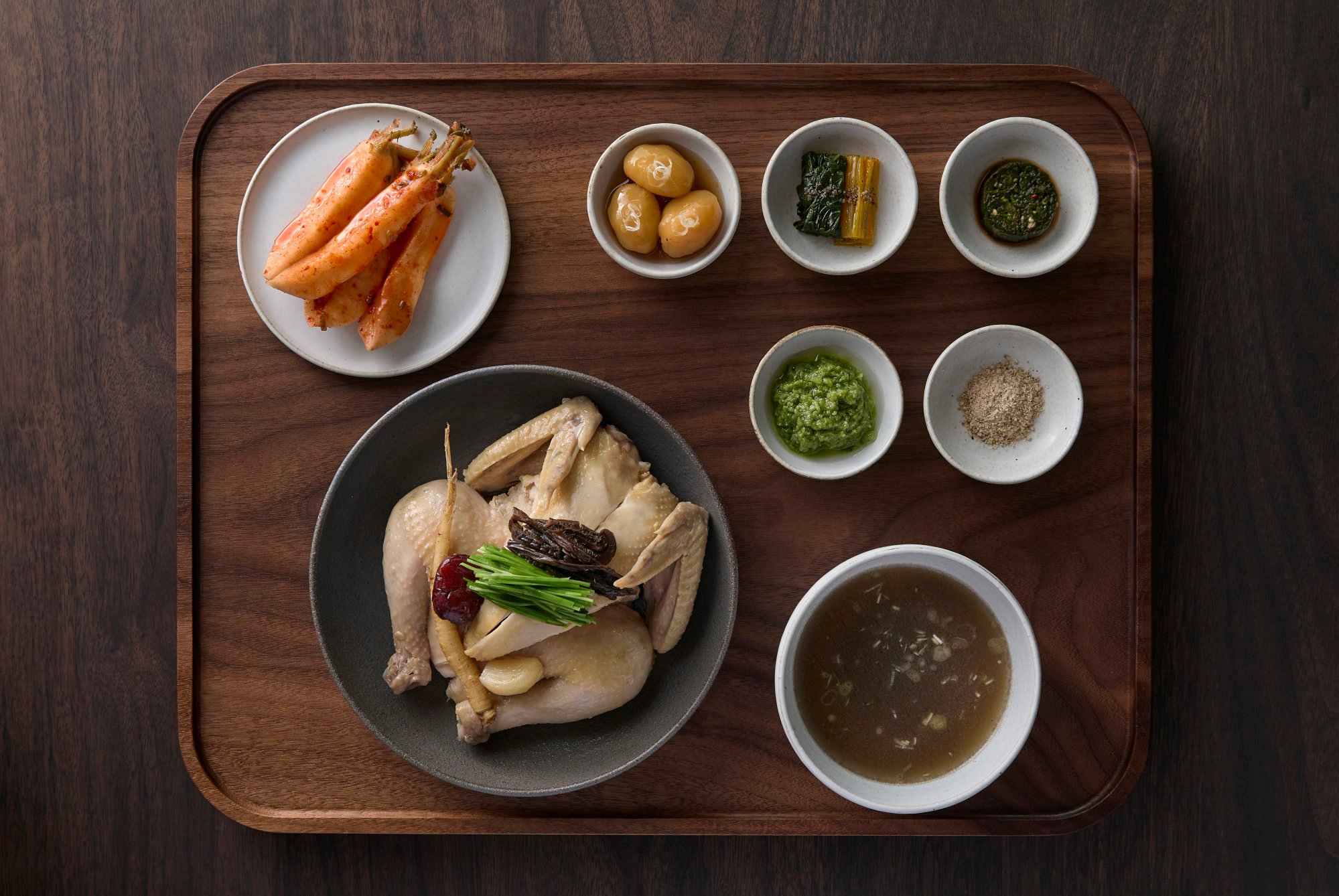
“I don’t really see too much distinction between fine dining and casual, at least from my perspective. I think both can be treated with the utmost respect.”
However, Lee believes diners nowadays tend to be disconnected from how their food is prepared and where it is coming from. He highlights soy sauce – made traditionally, slowly – as an example of a craft that is a privilege to consume despite the condiment’s ubiquity.
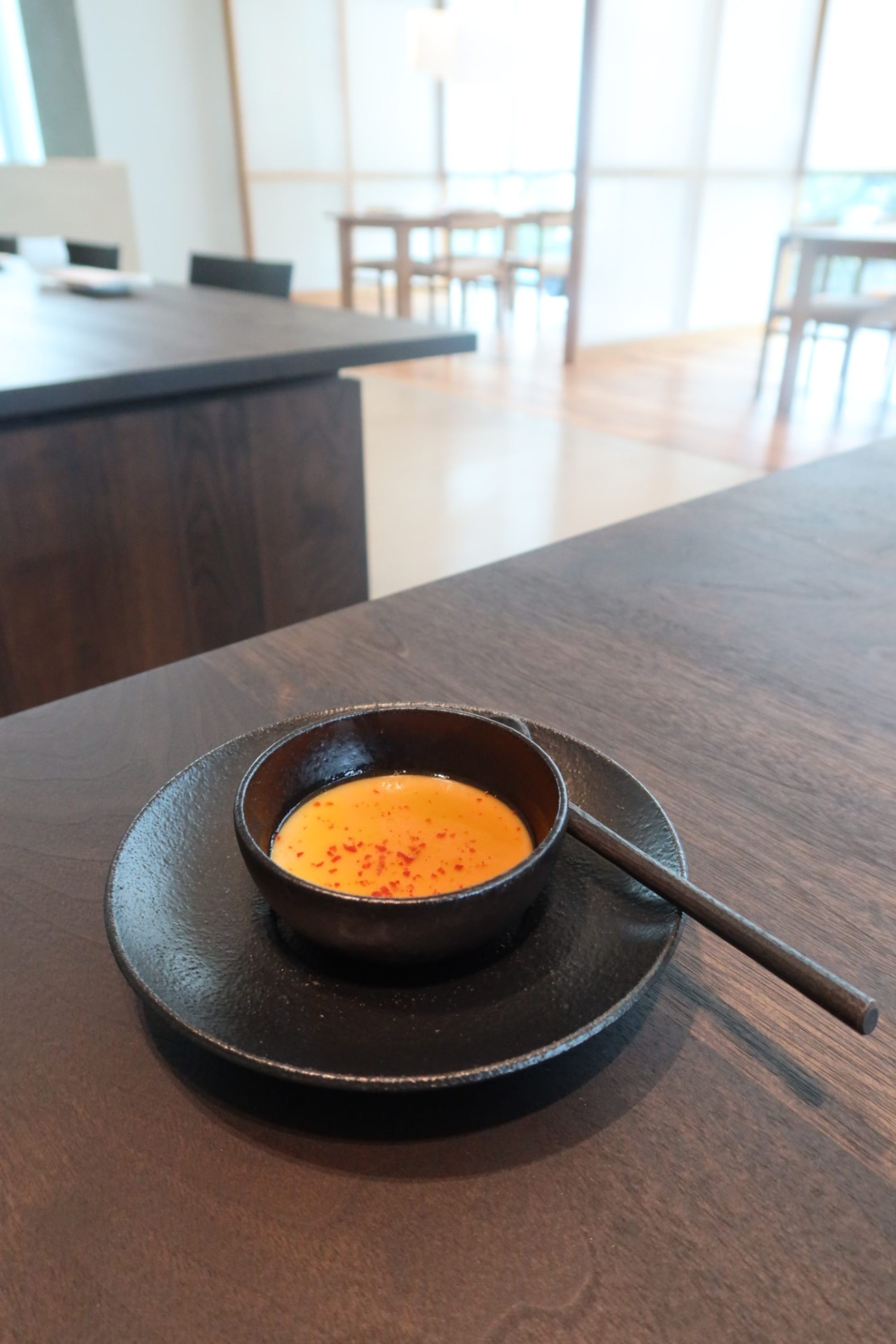
“[Soy sauce] is actually the most important ingredient that we have, that is really at the foundation of Korean food. But even though it’s at the centre of our cuisine, it’s almost lost in modern times,” he says.
At Na Oh, the soy sauce in the aforementioned tofu starter is brought over from Benu, where the team ferments their own.
“We’ve been making it for many years. We have different vintages. And the reason I started making soy sauce at Benu and the reason I want to serve it here is because soy sauce is probably the most ubiquitous ingredient in an Asian restaurant.”
He addresses the table: “I mean, do you have soy sauce in your pantry?” All of us nod. “Of course. Everyone is using soy sauce, right? But I think almost nobody has tasted naturally made soy sauce that hasn’t been preserved. No one’s making that any more. So I think it’s a little bit unfortunate.”
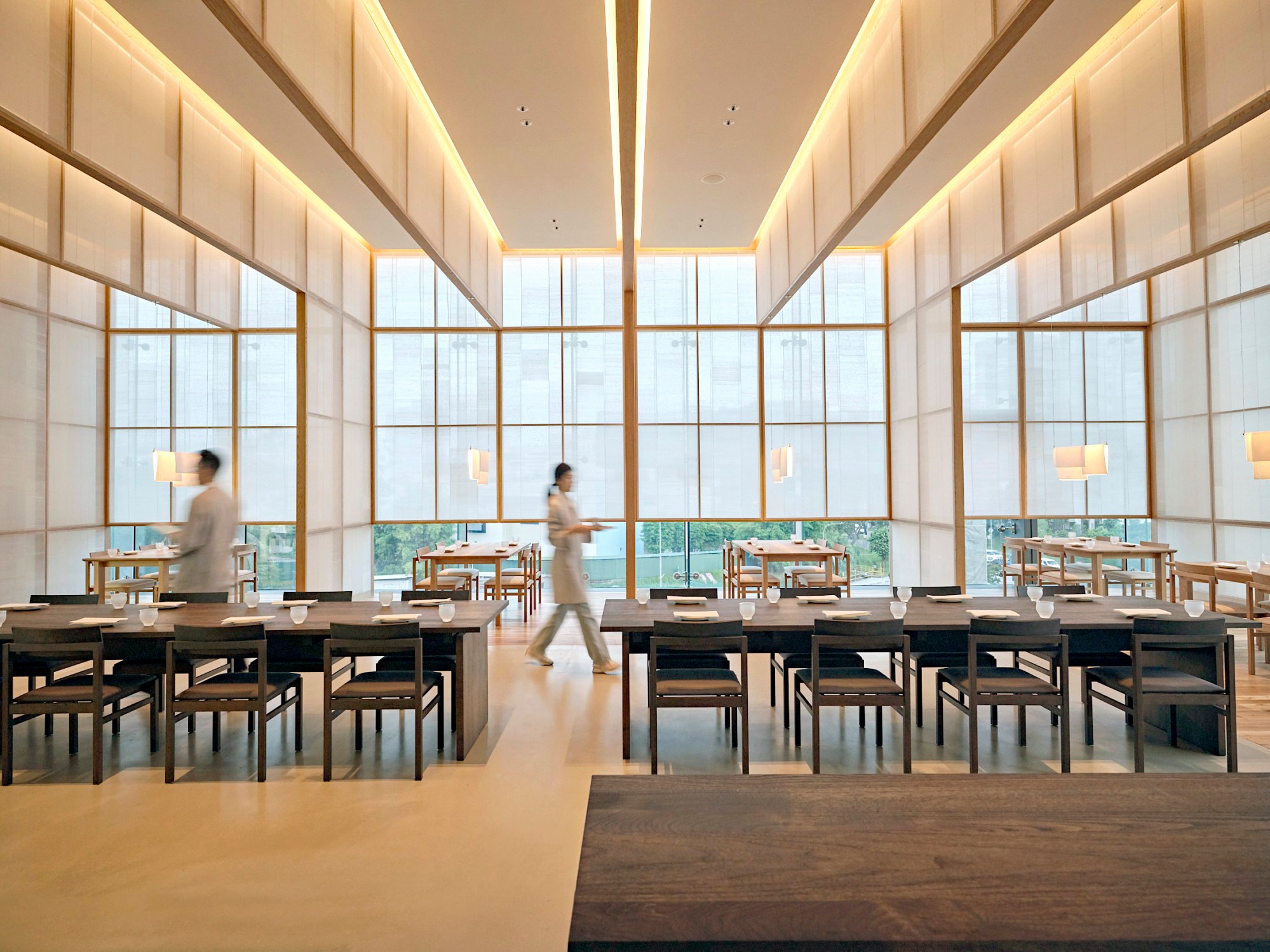
Lee says that “real” soy sauce in Korea is traditionally made using 100 per cent soy beans – unlike Japanese or Chinese varieties that may include wheat or other grains – which are steamed and packed into blocks tied with rice stalks to introduce the required friendly bacteria to kick-start fermentation.
“So that is one kind of flavour I wanted all the diners to have. And that is also why we serve it in the tofu dish. I just wanted everyone to have a very pure example of something that we take for granted and is so industrially produced these days.
“The story is actually much deeper than what you’ll be able to see just by dining here.”







